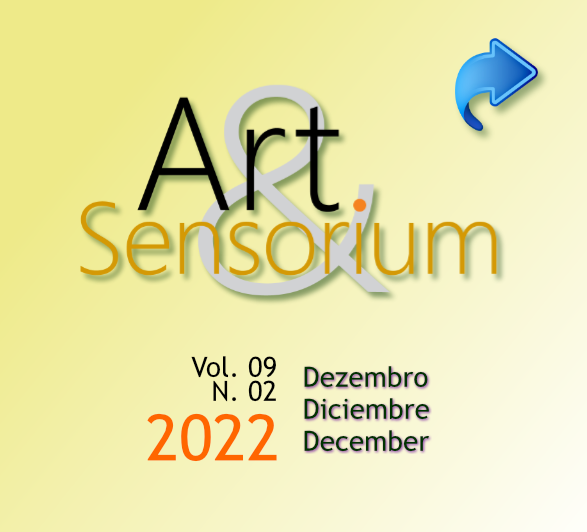O Fashion Film como uma ferramenta de divulgação da moda agênero
DOI:
https://doi.org/10.33871/23580437.2022.9.2.204-226Abstract
The present article proposes to investigate how fashion reproduces social conventions, but has also enabled the emergence of the genderless concept and gives continuity to the production of fashion films as a dissemination strategy, now directed to social networks. Methodologically, we anchored ourselves in a bibliographic review and in a brief survey of brands (national, foreign and one from Goiânia/GO), which defend this positioning. We start from the hypothesis that the articulation between fashion and audiovisual advertising can create different representations, thus also expanding the forms of relationship with the public. From the descriptive analysis of advertising campaigns and profiles of these brands on Instagram, it was found that, although genderless fashion is capable of presenting the plurality of bodies and subjectivities, in practice, this concept is still concentrated in large cities, highlights thin and young bodies and is generally aimed at the middle/upper class consumers.
Downloads
Downloads
Published
Issue
Section
License
Copyright (c) 2022 International Interdisciplinary Journal of Visual Arts - Art&Sensorium

This work is licensed under a Creative Commons Attribution 3.0 Unported License.
Authors who publish with this journal agree to the following terms:- Authors retain copyright and grant the journal right of first publication with the work simultaneously licensed under a Creative Commons Attribution License that allows others to share the work with an acknowledgement of the work's authorship and initial publication in this journal.
- Authors are able to enter into separate, additional contractual arrangements for the non-exclusive distribution of the journal's published version of the work (e.g., post it to an institutional repository or publish it in a book), with an acknowledgement of its initial publication in this journal.
- Authors are permitted and encouraged to post their work online (e.g., in institutional repositories or on their website) prior to and during the submission process, as it can lead to productive exchanges, as well as earlier and greater citation of published work (See The Effect of Open Access).


